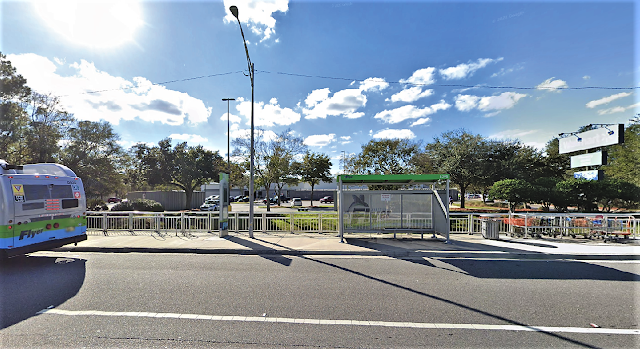FIRST AND LAST MILE MVP
"You can build a premium bus stop with shelters and amenities, but if you can't get to it, the transit fails," says David Haight, FAICP, a planner and senior project manager with planning, design, and engineering firm Atkins.
"Without accessible sidewalks, transit doesn't work."
Apart from being wide enough to accommodate pedestrians with mobility aids like wheelchairs, accessible sidewalks should include pathways that don't flood, have crosswalks, and help people navigate from bus stops through parking lots to retail.
Designers should work to understand and match users' expectations,
too.
"People walk in a straight line.
They will try to cross — without the protection of a painted crosswalk or `walk' sign — rather than cross two additional lanes of busy traffic to get to the official crosswalk," he explains.
And at four-lane roads, a median should be large enough to serve as a haven for those who can make it only halfway to the other side of the street.
Otherwise, people
— some with kids, some using assistive mobility devices — are stuck on a tiny
piece of ground with huge trucks and speeding cars rushing by them.

No comments:
Post a Comment